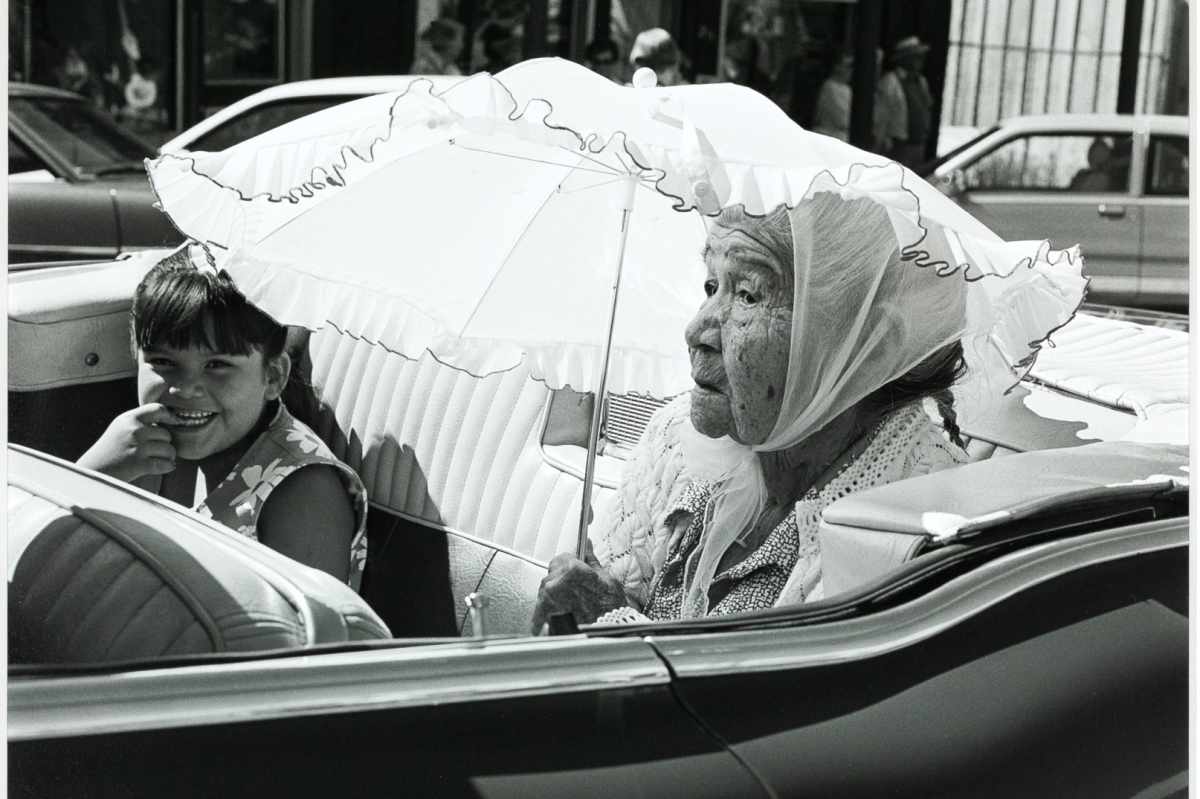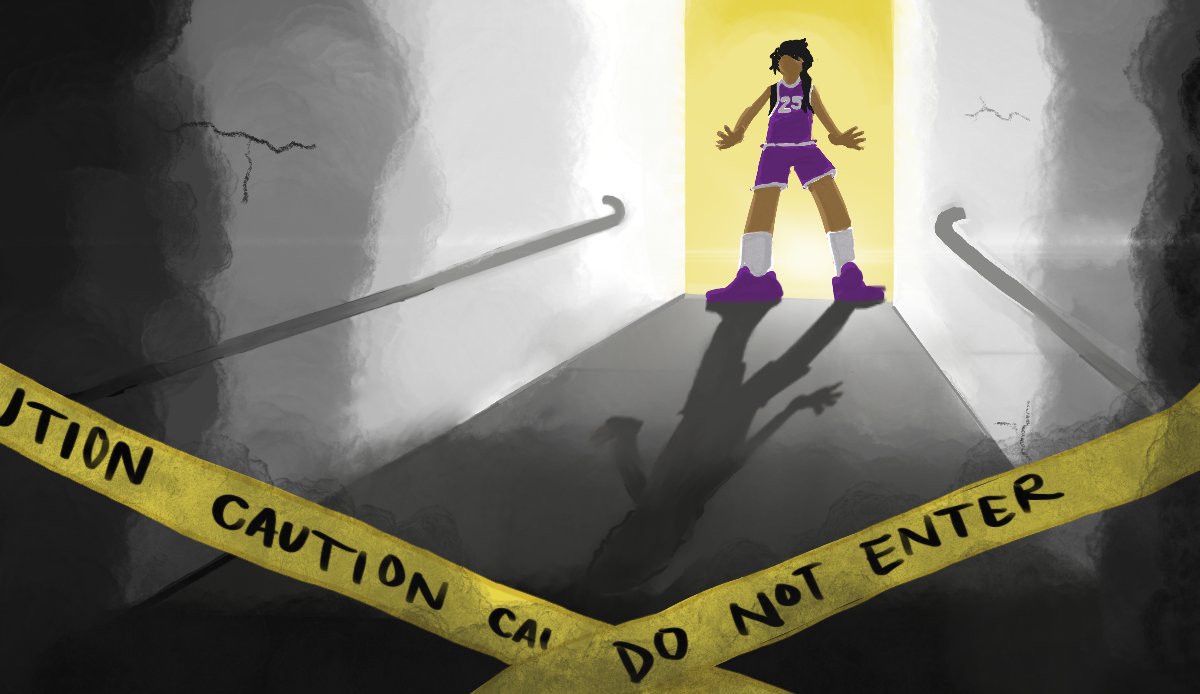OMCA exhibit features local multimedia presentations
Who is Oakland?  Oakland Museum of California
Oakland Museum of California
April 11th- — July 12th
Tickets and info:
museumca.org/visit.com
$10 w/ school ID, $15 general
The Oakland Museum of California gave a sneak peek to about 20 artists and reporters on April 9 to their new exhibit, “Who is Oakland?” The point of the OMCA’s new exhibit is to get to know and understand the Oakland community. The OMCA’s goal is to look at different aspects of the community and give the museum a chance to engage with the city.
One of the first pieces in the gallery is that of Chris Johnson, one of the lead artists of the exhibit. Gathering a team of talented artists with a love for Oakland, Johnson got the exhibit up and running in just under seven months, a process that normally takes a year.
Though originally from “Bed Stuy” (Brooklyn,) Johnson’s own love for the city can be noted in his piece of art, “The Best Way to Find a Hero.”
Compiling a map of the “bad neighborhoods” in Oakland, Johnson took five darts and threw them at the map, visiting the homes that they landed on and gathering their stories. Proudly speaking on his piece, Johnson said, “A hero is someone who survives and thrives in the face of adversity…the best way to find a hero is to throw a dart at a bad neighborhood.”
The largest and perhaps most eye-catching piece in the exhibit is that of Opesanwo Ifakorede, titled “Oakland Anticrossroads.” A structure that reached from the floor up to the ceiling, Ifakorede’s artwork features interwoven materials compiled from all over the city.
Such materials include caution tape, cloth, wooden artifacts, even a sign reading “Black Lives Matter” that was found in Piedmont. The piece is meant to represent many different colors and textures coming together to create one structure. When asked what Ifakorede wanted others to understand through viewing his piece of art, he said, “Oakland is not just one people, one place… the city is constantly in a state of transition. It’s not just one-dimensional. Not just one face, not one place. Everything is transitional and building.”
Jose “Peps 357” Garcia used his art to convey a message that is very powerful to Oakland natives. Touching on the issue of gentrification, his painting involves more than can be taken at face value.

His piece, titled “Reclaiming Values,” depicts a woman in traditional Dia de los Muertos face paint holding a basket full of artifacts from different cultures and turning her back on a city.
Scribbled on the city are words like, “Gentrification, war, and poverty.”
Garcia’s statement with his piece is that the locals of Oakland are what put it on the map, and that Oakland’s main export is culture.
However, with gentrification, he can see the displacement of those in his city. As of late, those that made Oakland great are being pushed out, replaced with a new people. “Others act like they don’t like people of color, but they sure like the culture! Gentrification pushes us out,” said Garcia “but they don’t realize that when we leave, so does our culture. Everyone wants to be in safe little uptown, they don’t want to come to the ‘hood!”
To add a different view of the city, Susan Felter created a piece called, “Snapshots of Oakland” which includes three pictures of Oakland, including Lake Merritt, the hills, and a shot of a national park overlooking the city.
In each piece, Felter highlights the nature and creatures included in the scene. Under the snapshots are speakers that play sounds of the area, including the chirps of birds and hums of bees. The point of her artwork is to appreciate the nature the city still holds. “Honor that! Appreciate it! Enjoy it!” she preached.

























